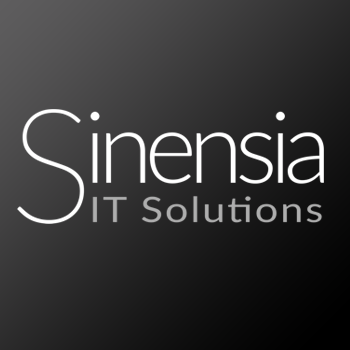
Descripción: Curso InfoSphere MDM Architecture V11 - SPVC
Formación en IBM Infosphere
This course is designed for anyone who wants to get an understanding of the InfoSphere MDM Architecture (including the Virtual and Physical Hubs). This course walks the students through the major components of the InfoSphere MDM and how each component interacts. Students will learn how InfoSphere MDM responds once a service is invoked and the the various configuration and extension points of a service. The course is used as an introduction to various components that make up the MDM Architecture and prepares the students to identify how MDM will fit into their organization and what pieces may be customized to fit their business requirements.
The next courses that may be of interest to you include:
- Data Model and Service Mapping for the InfoSphere MDM Advanced Edition V10 (ILO) (ZZ610)
- Customizing the InfoSphere MDM Advanced Edition V10 (ZZ640)
- InfoSphere MDM Server Service Customization for MDM Server 9 (ZZ340)
- InfoSphere MDM Server User Interface Generator (DC560)
If you are enrolling in a Self Paced Virtual Classroom or Web Based Training course, before you enroll, please review the Self-Paced Virtual Classes and Web-Based Training Classes on our Terms and Conditions page, as well as the system requirements, to ensure that your system meets the minimum requirements for this course.
http://www.ibm.com/training/terms
Formación IBM
Detalles
Unit 1: MDM and the Enterprise
- Physical, Virtual and Hybrid Hubs
- Working with Physical Hub
- Working with Virtual Hub
- Working with Hybrid Hub
Unit 2: Architecture
- Big Picture
- How InfoSphere MDM Works
- Architecture Overview
Unit 3: MDM Physical Model
- Party Domain
- Account Domain
- Product Domain
- Metadata
- Common Domain
Unit 4: MDM Virtual Model
- Member Tables
- Dictionary Tables
- Entity and Relationship Tables
- Audit Tables
Unit 5: How InfoSphere MDM services are Invoked
- InfoSphere MDM Consumers
- How Services are invoked
- How Services are Handled
Unit 6: How Services are implemented
- Handing Physical Hub Services
- Handing Virtual Hub Services
Unit 7: Linking and Duplicates
- Probabalistic Matching Engine
- Algorithms
- Bucketing
- Standardization
- Comparison Functions
- Weights
- Physical Hub Suspect Processing
- Virtual Hub Linking
Unit 8: How Services are Extended (Physical Hub)
- Types of Extensions
- Data Extension
- Data Additions
- Specs
- Behavior Extensions
- Composite Services
Unit 9: How Services are Configured (Virtual)
- Data Model Customizations
- Algorithms
- Handlers
- Events
- Composite Views
Unit 10: Common Services
- External Rules
- Validation
- Rules of Visibility
- Configuration
- Standardization
- Logging and serviceability
- Multi-Timezone
- Search Framework
Unit 11: Integration
- Information Server
- BPM
- Identity Insight
This intermediate course is designed for the following participants who want to get an understanding of the InfoSphere MDM Architecture (including the Virtual and Physical Hubs):
- Infrastructure Specialist
- Senior Technical Specialist
- Technical Specialist
- Support Engineers
- System Architects
It is recommended that you have working knowledge in Java EE architecture.
- Understand the InfoSphere MDM Architecture and how a service on the Virtual and Physical Hub are handled
- Understand the Configuration Points of the InfoSphere MDM
- Understand the Core Data Entities of the Physical Hub and their relationship to each other
- Understand the Tables of the virtual Hub
- Understand the Extension Points of the InfoSphere MDM Physical Hub
- Understand the Configuration Points of the InfoSphere MDM Virtual Hub
- Understand the Common components and services of the Physical and Virtual Hubs
Contáctenos a través de >éste formulario<
Precios especiales para la formación de grupos
Podemos adaptar cualquier curso a sus necesidades, e impartirlo en sus instalaciones o en nuestros centro de formación ContáctenosCursos relacionados


